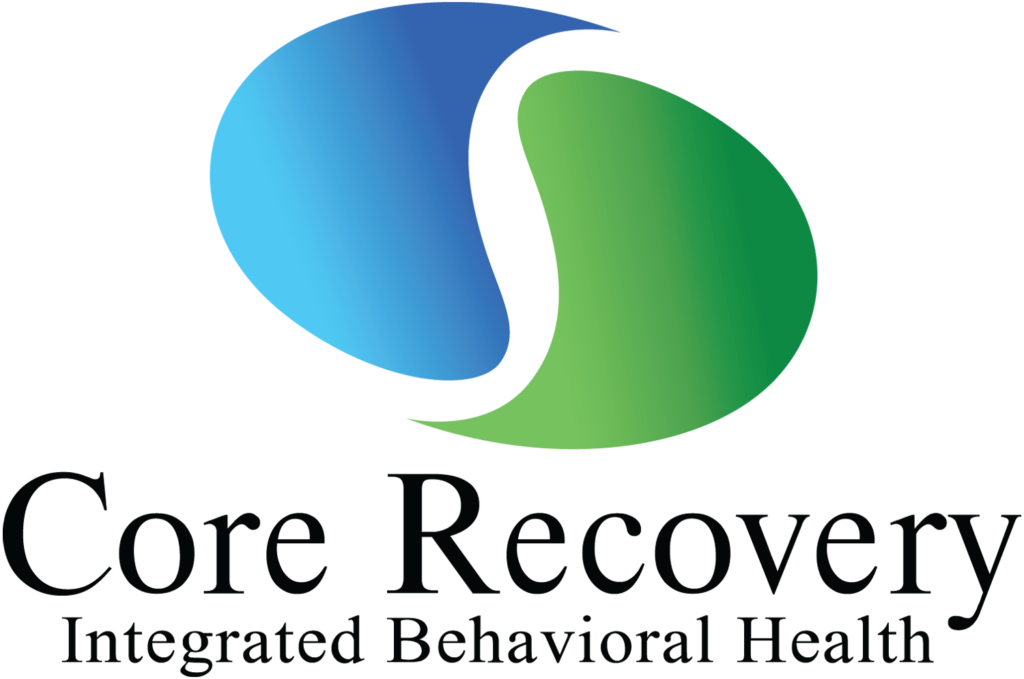Navigating The Ups And Downs Of Emotional Well-Being
In the realm of mental health, mood disorders represent a significant facet that impacts the emotional well-being of individuals. Defined as persistent disturbances in mood, these disorders encompass conditions like major depressive disorder and bipolar disorder. Recognizing the signs of mood disorders is paramount, as it paves the way for timely intervention and support. This blog delves into the definition of mood disorder, emphasizing the critical importance of recognizing early indicators. Join us in this exploration for a brief overview of common mood disorders, shedding light on the intricacies of mental health that often go unnoticed.
Understanding Mood Disorders
Mood disorders are crucial for fostering empathy and support in our communities. These conditions, such as major depressive disorder and bipolar disorder, involve disruptions in mood regulation, impacting daily life. Biological, environmental, and psychological factors contribute to their development. Recognizing signs like persistent sadness or changes in sleep patterns is critical. By grasping the intricacies of mood disorders, we can dismantle stigmas, encourage open conversations, and provide a foundation for compassionate responses. Let’s delve into the nuances of these disorders, fostering a culture of understanding and support for those navigating the complexities of their mental health.
Types Of Mood Disorders
Depression[/caption]
Mood disorders constitute a diverse array of mental health conditions that profoundly impact an individual’s emotional state. Understanding these disorders fosters empathy, support, and effective treatment. In this exploration, we’ll dive into the intricate world of mood disorders, shedding light on their various types and nuances.
Major Depressive Disorder
Major Depressive Disorder, commonly known as depression, is a pervasive condition characterized by persistent feelings of sadness, hopelessness, and a lack of interest or pleasure in daily activities. Individuals with MDD often experience changes in appetite, sleep patterns, and energy levels.
Bipolar Disorder
Bipolar Disorder, marked by extreme mood swings, entails episodes of mania and depression. During manic phases, individuals may exhibit heightened energy, impulsivity, and euphoria, while depressive phases involve feelings of profound sadness, fatigue, and a sense of worthlessness.
Persistent Depressive Disorder
Dysthymia is a chronic form of depression where individuals experience persistent low-grade depressive symptoms for an extended period, typically lasting for two years or more. While less severe than major depression, it can significantly impact daily functioning and overall quality of life.
Cyclothymic Disorder
Cyclothymic Disorder represents a milder form of bipolar disorder, featuring cyclical mood swings that are less severe than full-blown manic or depressive episodes. Individuals with cyclothymia may struggle with maintaining emotional stability but often do not experience the extreme highs and lows seen in bipolar disorder.
Seasonal Affective Disorder
Seasonal Affective Disorder is a type of depression that follows a seasonal pattern, typically occurring in the fall and winter months when there is less natural sunlight. Individuals with SAD may experience symptoms like low energy, irritability, and changes in sleep patterns during specific seasons.
Premenstrual Dysphoric Disorder
PMDD is a severe form of premenstrual syndrome (PMS) that significantly impacts a woman’s mood and daily functioning in the weeks leading up to menstruation. Symptoms include mood swings, irritability, and feelings of sadness or hopelessness.
The spectrum of mood disorders is diverse and intricate, encompassing conditions that affect millions worldwide. Recognizing the specific characteristics of each disorder is essential for accurate diagnosis and targeted treatment. By increasing awareness and understanding, we can work towards fostering a compassionate and supportive environment for individuals navigating the challenges of mood disorders.
Signs Of Mood Disorders
In the intricate landscape of mental health, understanding and recognizing the signs of mood disorders is a crucial step toward fostering well-being. Mood disorders, encompassing a spectrum of conditions such as major depressive disorder and bipolar disorder, can significantly impact one’s daily life and overall happiness. By unraveling the subtle cues that may indicate an underlying mood disorder, we empower ourselves and those around us to seek timely support and intervention.
- Persistent Sadness or Irritability: One of the hallmark signs of mood disorders is a persistent and unexplained shift in mood. Feelings of profound sadness, emptiness, or irritability that linger over an extended period may indicate an underlying issue.
- Changes in Sleep Patterns: Keep a watchful eye on alterations in sleep habits. Insomnia or hypersomnia—significant changes in sleeping patterns—can be red flags, often accompanying mood disorders.
- Fatigue and Lack of Energy: Individuals grappling with mood disorders frequently experience a pervasive sense of fatigue and a profound lack of energy. This can manifest as a constant feeling of drained, even after adequate rest.
- Loss of Interest or Pleasure: A diminished interest in activities once found enjoyable is a common symptom. Hobbies, social interactions, and even personal relationships may no longer hold the same appeal, contributing to a sense of detachment.
- Feelings of Hopelessness: The burden of a mood disorder often brings about persistent feelings of hopelessness and despair. Individuals may struggle to envision a brighter future, feeling trapped in a cycle of negativity.
- Suicidal Thoughts: Perhaps the most alarming sign is the emergence of suicidal thoughts. If someone expresses thoughts of self-harm or suicide, it is imperative to seek professional help immediately.
- Social Withdrawal: Noticeable changes in social behavior, such as withdrawing from friends and family, can indicate an underlying mood disorder. The desire for isolation may stem from a sense of overwhelming sadness or anxiety.
- Changes in Appetite: Significant shifts in appetite—either overeating or a sudden loss of interest in food—can be connected to mood disorders. These changes may contribute to fluctuations in weight and overall physical well-being.
- Agitation or Slowed Movements: Observable changes in motor function can manifest in different ways. Some individuals may become agitated, displaying restlessness, while others may experience a slowing down of movements and speech.
Understanding and recognizing these signs of mood disorders is the first step toward fostering a supportive environment. It’s crucial to approach these situations with empathy and encourage seeking professional help. Mental health is an integral component of overall well-being, and by acknowledging the signs, we take a collective stride toward destigmatizing and addressing mood disorders in our communities.





